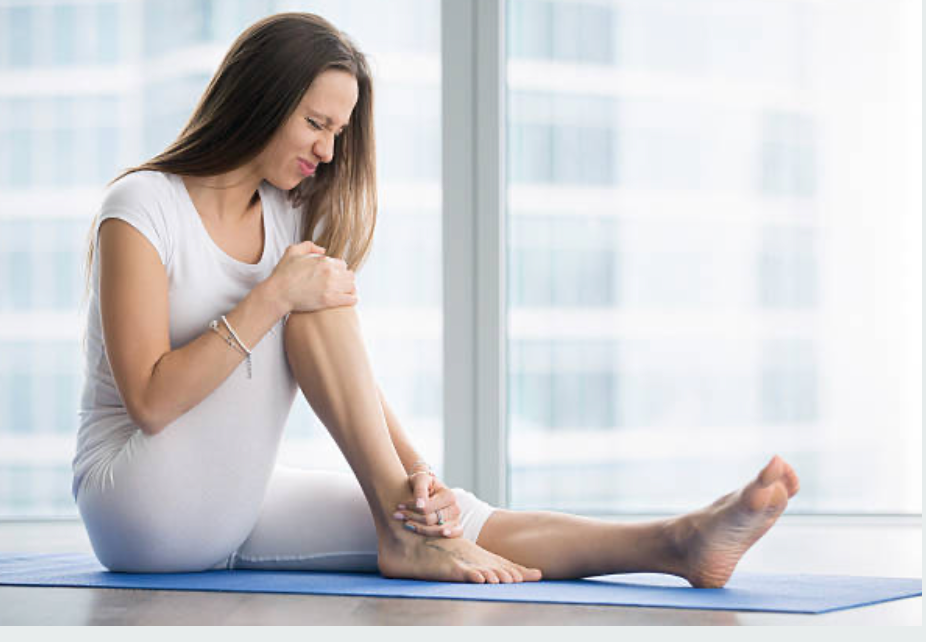If you are experiencing joint pain, there are several strategies and treatments you can try to help relieve the pain and improve joint function. However, it’s important to consult with a healthcare professional to determine the underlying cause of your joint pain and to receive personalized recommendations. Here are some general tips and approaches that may provide relief:
- Hot and Cold Therapy: Applying heat or cold to the affected joints can help alleviate pain and stiffness. Use a heating pad, warm towel, or take a warm bath/shower to relax stiff joints. Cold packs or ice packs can help reduce inflammation and numb the area.
- Physical Therapy: A physical therapist can design a specific exercise program to improve joint mobility, strengthen supporting muscles, and reduce pain. They may also use techniques such as ultrasound, electrical stimulation, or manual therapy to provide relief.
- Weight Management: If you are overweight, losing excess weight can help reduce stress on weight-bearing joints like the knees and hips, thus reducing pain and improving mobility.
- Low-Impact Exercise: Engage in gentle, low-impact exercises such as swimming, cycling, or water aerobics to keep joints moving without putting excessive strain on them. Avoid high-impact activities that can exacerbate joint pain.
- Joint Protection: Modify activities that aggravate joint pain, and use assistive devices (e.g., braces, splints, or canes) to support and protect the affected joints.
- Stretching and Range-of-Motion Exercises: Perform regular stretching exercises to improve flexibility and range of motion in the joints. This can help reduce stiffness and alleviate pain.
- Dietary Changes: Incorporate anti-inflammatory foods into your diet, such as fatty fish (rich in omega-3 fatty acids), fruits, vegetables, nuts, and whole grains. Avoid or minimize processed foods, sugary drinks, and foods high in saturated fats.
- Stress Reduction: Practice relaxation techniques such as deep breathing, meditation, or yoga to manage stress, as stress can worsen pain perception.
- Alternative Therapies: Consider complementary approaches such as acupuncture, massage therapy, or herbal supplements (e.g., turmeric or ginger) after consulting with a healthcare provider.

It’s important to note that joint pain can have various causes, and what works for one person may not work for another. Always seek guidance from a healthcare professional before starting a new treatment or exercise regimen, especially if you have underlying health conditions or concerns. They can provide personalized recommendations based on your specific situation and help you manage joint pain effectively.
